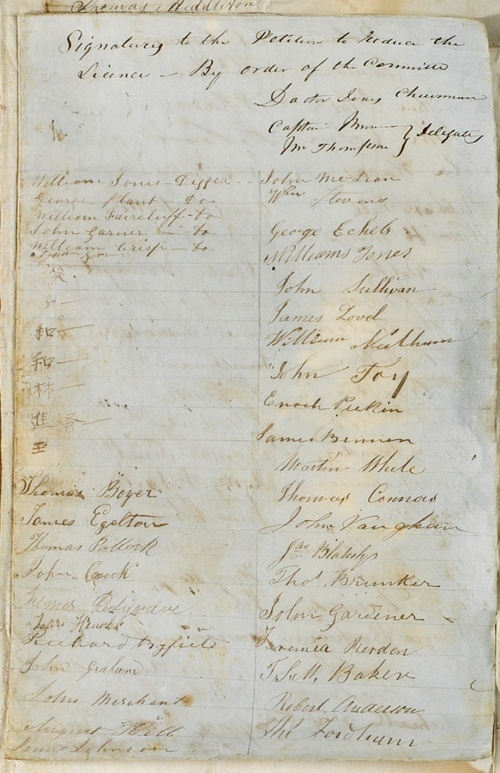Difference between revisions of "China"
Dottigee16 (talk | contribs) |
Dottigee16 (talk | contribs) (→Chinese in Ballarat) |
||
| Line 11: | Line 11: | ||
==Chinese in Ballarat== | ==Chinese in Ballarat== | ||
| − | There were around 5000 Chinese (mostly men) on the Ballarat Diggings. | + | There were reportedly around 5000 Chinese (mostly men) on the Ballarat Diggings. Abboo Mason was known as the Chinese Interpreter in Ballarat. |
| + | |||
| + | The Victorian Government quickly established the Gold Fields' Commission of Enquiry into the Goldfields after the Eureka battle. The Committee recommended under the heading of 'Social Condition' some restrictions be placed upon Chinese immigration.Taxes and other restrictive measures were enforced. This resulted that, in an attempt to avoid the landing tax of 10 pounds that many Chinese men disembarked in South Australian ports and then marched the long journey from places like Robe, SA, to goldfields like Ballarat or Bendigo.A further Select Committee to review the Chinese in the goldfields was established in 1857.<re>Ian F. McLaren, The Chinese in Victoria: Official Reports & Documents, Red Rooster Press, 1985.</ref> | ||
Revision as of 20:56, 6 November 2021
1853 Bendigo Goldfields Petition
Chinese signatures appear on the 1853 Bendigo Goldfields Petition.
On the first of August 1853 George Thomson, D.G. Jones and an Irish-born American, ‘Captain’ Edward Brown presented the Bendigo Goldfields Petition to Lieutenant Governor Charles Joseph LaTrobe. Signed by around 5,000 miners from Bendigo, Castlemaine, McIvor and other Victorian Goldfields, it is an important political document in the history of Victoria. George Edward Thomson, Chartist and leader of the Red Ribbon Movement, wrote that: ‘Political deliberation is the poor man’s right arm. It brought the Magna Carta to the barons, Catholic emancipation to the Irish and triumphal repeal of the Corn Laws for the people of England. Surely it would bring democracy to the gold diggers of Victoria’. Drawn up in 1853, the Bendigo Goldfields Petition was amongst the earliest organised expressions of dissatisfaction with the conditions of the Victorian goldfields. It came out of the meetings of the Anti-Gold Licence Association formed in Bendigo. Chinese diggers were known to participate in the meetings, ‘their vanguard being preceded by a “long pole with small bells hanging on it”.’
Chinese in Bendigo
Chinese in Ballarat
There were reportedly around 5000 Chinese (mostly men) on the Ballarat Diggings. Abboo Mason was known as the Chinese Interpreter in Ballarat.
The Victorian Government quickly established the Gold Fields' Commission of Enquiry into the Goldfields after the Eureka battle. The Committee recommended under the heading of 'Social Condition' some restrictions be placed upon Chinese immigration.Taxes and other restrictive measures were enforced. This resulted that, in an attempt to avoid the landing tax of 10 pounds that many Chinese men disembarked in South Australian ports and then marched the long journey from places like Robe, SA, to goldfields like Ballarat or Bendigo.A further Select Committee to review the Chinese in the goldfields was established in 1857.<re>Ian F. McLaren, The Chinese in Victoria: Official Reports & Documents, Red Rooster Press, 1985.</ref>
